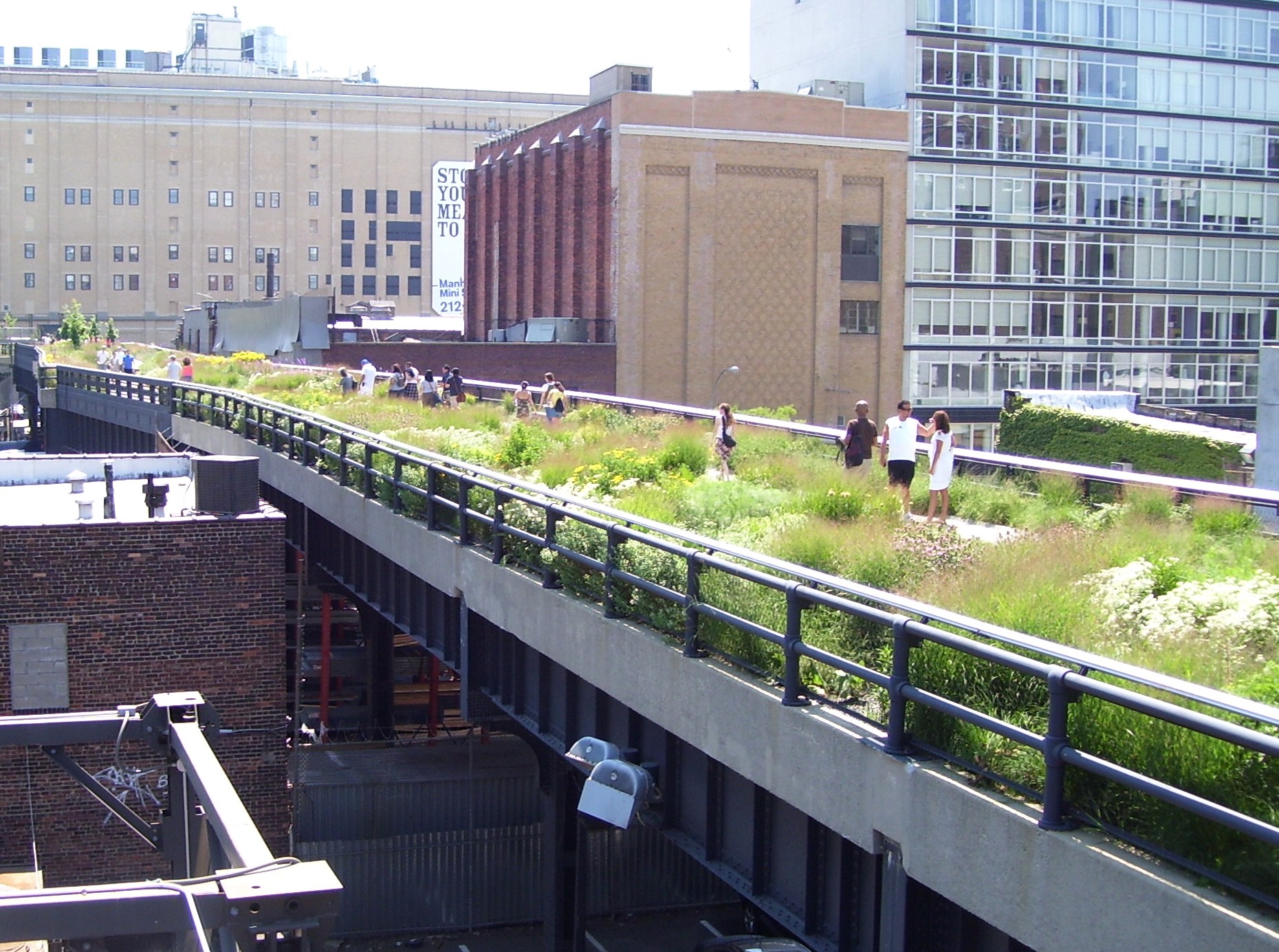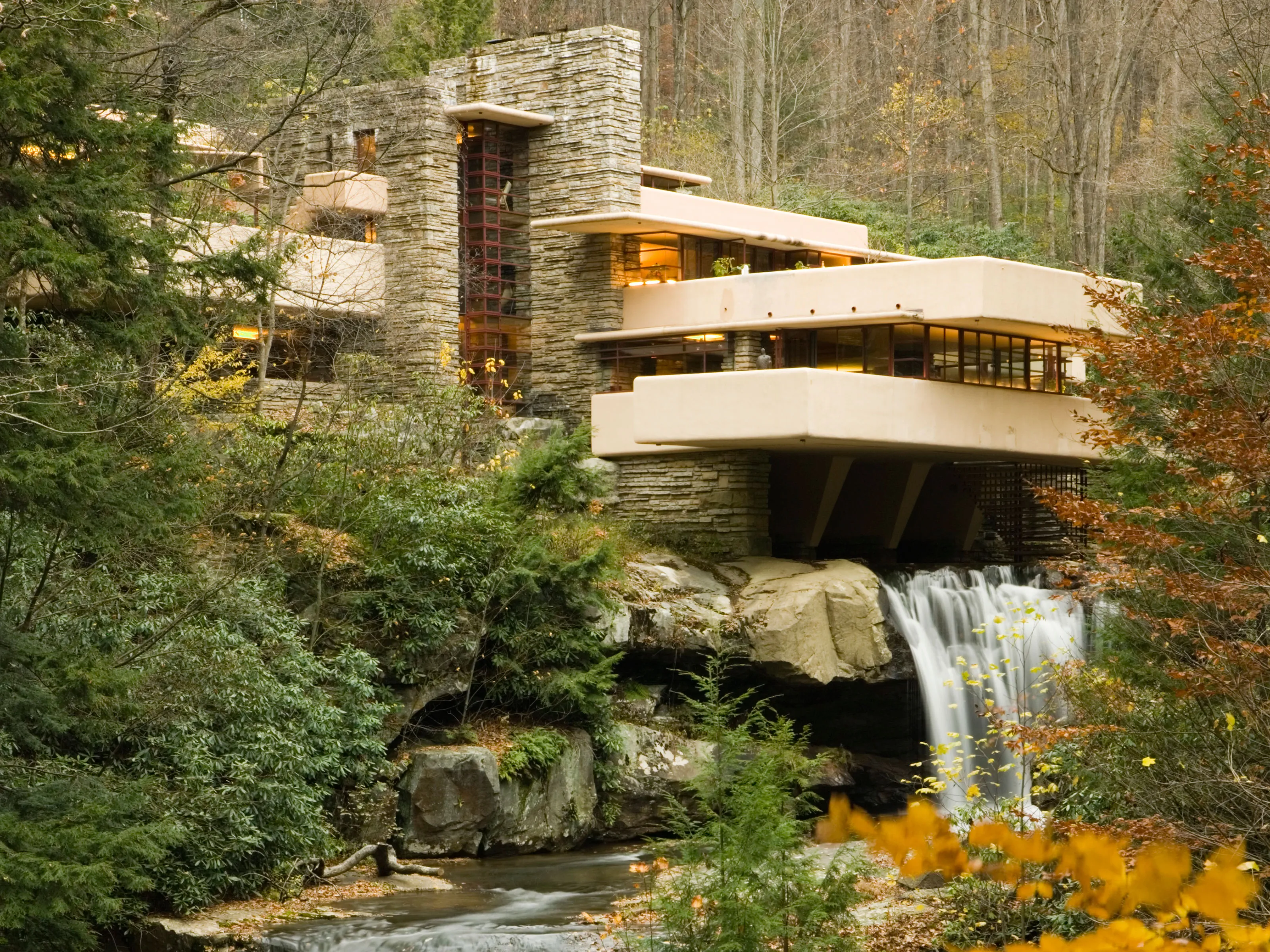Emotional Connection In Architecture - How Buildings Can Evoke Emotions
Discover how emotional connection in architecture can enhance our well-being, productivity, and sense of community. Learn how architects can evoke emotions in their designs, connect with people, and fulfill the emotional needs of every individual. Explore real-life examples of emotional connection in architecture, including the iconic Guggenheim Museum in Bilbao. Read on to find out how emotional connection is a critical aspect of architecture that can shape our built environment for years to come.
Author:George EvansDec 07, 20226.8K Shares186K Views

When we think of architecture, we often think of functionality and aesthetics. But there's another critical aspect that architects consider when designing buildings: emotional connection. Emotional connectionis about designing spaces that evoke positive emotions in their occupants, creating a sense of belonging, inspiration, and even joy.
In this article, we'll explore why an emotional connection is so important in architecture and how architects can create it.
The Importance Of Emotional Connection In Architecture
We spend a significant portion of our lives inside buildings, whether it's our homes, workplaces, or public spaces. Buildings influence our emotions and behavior, whether we realize it or not. Think about how you feel when you enter a cozy cafe, a grand cathedral, or a sleek modern office building. These spaces elicit different emotional responses, which can affect our mood, productivity, and well-being.
Designing buildings that foster emotional connections is vital for several reasons:
- Improved well-being: Emotional connections to buildings can promote positive emotions, reduce stress, and improve mental health.
- Increased productivity:When people feel comfortable and inspired in their environments, they are more productive and creative.
- Strengthened communities: Buildings that foster emotional connections can bring people together and create a sense of belonging.
- Positive impact on the environment: People are more likely to care for buildings and spaces that they feel emotionally connected to, leading to better maintenance and preservation.
How Architects Create Emotional Connection
Creating emotional connections through architecture involves several factors, including:
Design Elements
Design elements such as lighting, materials, colors, and textures can evoke different emotions. For example, warm lighting and natural materials can create a cozy, inviting atmosphere, while bright colors and sleek finishes can evoke a sense of energy and excitement.
Functionality
A building's functionality can also contribute to emotional connection. When a building is well-designed for its purpose, it can evoke positive emotions, such as a sense of accomplishment, ease, or pride.
Context
Architects consider the cultural, historical, and social context of a building when designing it. Buildings that reflect their context can create a sense of identity and belonging in their occupants.
Strategies For Creating Emotional Connection In Architecture
Here are some strategies that architects can use to create emotional connections in their designs:
User-centered Design
Designing buildings that are user-centered involves understanding the needs and desires of the building's occupants. This approach can help architects create spaces that are tailored to the occupants' preferences, leading to positive emotional connections.
Biophilic Design
Biophilicdesign is about incorporating nature into the built environment, such as natural light, plants, and natural materials. Biophilic designhas been shown to promote well-being and reduce stress, creating positive emotional connections to buildings.
Universal Design
Universal designis about creating buildings that are accessible and functional for all people, regardless of their abilities or disabilities. This approach can promote a sense of inclusivity and belonging, creating positive emotional connections in all building occupants.
Artistic Expression
Artistic expression in architecture can create emotional connections by evoking a sense of wonder, beauty, and creativity. Architects can incorporate artistic elements such as sculptures, murals, or other forms of art into their designs.
Marketing The Emotional Connection In Architecture
Emotional connection in architecture can also be a powerful marketing message for architects. Clients are increasingly looking for buildings that not only function well but also create positive emotional connections in their occupants. Architects can showcase their emotional connection strategies in their marketing efforts, such as:
Storytelling
Sharing stories about their designs, such as the inspiration behind them, the cultural or historical context, or the impact they've had on building occupants, can create an emotional connection with potential clients.
Social Media
Social media is a great platform for architects to showcase their designs and their emotional connection strategies. Sharing photos, videos, or testimonials from building occupants can create a sense of curiosity and inspiration in potential clients.
Content Marketing
Content marketing, such as blog posts or e-books, can educate potential clients about the benefits of emotional connection in architecture and how architects can create it. This approach can help architects establish themselves as thought leaders in their field and attract clients who value emotional connection in their buildings.
The Guggenheim Museum In Bilbao
One of the most famous examples of emotional connection in architecture is the Guggenheim Museumin Bilbao, Spain. The museum, designed by architect Frank Gehry, opened in 1997 and quickly became an architectural icon.
The museum's design is characterized by its curving, titanium-clad exterior, which reflects the surrounding river and cityscape. The building's form is dynamic and fluid, evoking a sense of movement and energy.
The emotional connection to the Guggenheim Museum is evident in the way that it has transformed the city of Bilbao. Before the museum's construction, Bilbao was a declining industrial city with high unemployment rates. The Guggenheim Museum's striking design and world-class art exhibitions put Bilbao on the map as a cultural destination, attracting millions of visitors each year.
The museum's success is not just due to its architectural design, but also its impact on the community. The Guggenheim Museum has created a sense of pride and identity for the people of Bilbao, who now see their city as a vibrant, artistic hub.
The emotional connection to the Guggenheim Museum is also evident in the way that people interact with the building. Visitors are drawn to the museum's exterior, taking photos and admiring the architecture. Inside, the museum's galleries and public spaces are designed to encourage exploration and curiosity.
The Guggenheim Museum in Bilbao is an excellent example of how emotional connection in architecture can have a positive impact on both individuals and communities.

A Tour Around GUGGENHEIM MUSEUM - BILBAO, SPAIN
People Also Ask
How Do You Evoke Emotions In Architecture?
To evoke emotions in architecture, architects can use design elements such as lighting, color, texture, scale, and proportion. They can also incorporate natural elements, such as plants or water, to create a sense of tranquility or energy.
Furthermore, architects can design spaces that facilitate social interaction or contemplation, which can elicit emotions such as joy or introspection.
How Does Architecture Connect With People?
Architecture connects with people in many ways. It provides shelter, safety, and comfort, which are essential human needs.
Moreover, architecture can create a sense of community and identity by reflecting the culture and values of its inhabitants. Architecture can also inspire awe and wonder, such as in the case of monumental buildings or natural landscapes. Ultimately, architecture connects with people by influencing their physical, emotional, and social well-being.
How Architecture Fulfills The Emotional Needs Of Every Individual?
Architecture can fulfill the emotional needs of every individual by creating spaces that are comfortable, inspiring, and meaningful. For example, architecture can create spaces that promote relaxation or productivity, depending on the needs of its occupants. Moreover, architecture can evoke emotions such as joy, wonder, or curiosity, which can enhance our overall well-being.
Architecture can also reflect our cultural and personal values, creating a sense of belonging and identity. Ultimately, architecture can fulfill the emotional needs of every individual by creating spaces that are both functional and emotionally engaging.
Conclusion
Emotional connection is a critical aspect of architecture that can enhance our well-being, productivity, and sense of community. Architects can create emotional connections through design elements, functionality, context, and storytelling.
By prioritizing emotional connection in their designs, architects can create buildings that not only function well but also elicit positive emotions in their occupants. Moreover, by showcasing their emotional connection strategies in their marketing efforts, architects can attract clients who value emotional connection in their buildings and establish themselves as thought leaders in their field.
Emotional connection in architecture is not just a trend but an enduring principle that will continue to shape our built environment for years to come.
If you're looking to enhance your marketing strategy for architectural services, Marx Communications is an excellent resource to consider. Check out their website to learn more about how they can help your business grow.

George Evans
Author
George Anderson, an exceptional architectural designer, envisions and brings to life structures that transcend the realm of imagination. With an unwavering passion for design and an innate eye for detail, George seamlessly blends form and function, creating immersive spaces that inspire awe.
Driven by a deep appreciation for the interplay of space, light, and materials, George's innovative approach redefines the possibilities of architectural design. His visionary compositions leave an indelible mark, evoking a sense of wonder and transforming the built environment.
George Anderson's transformative designs and unwavering dedication continue to shape the architectural landscape, pushing the boundaries of what is possible and inspiring generations to come.
Latest Articles
Popular Articles
